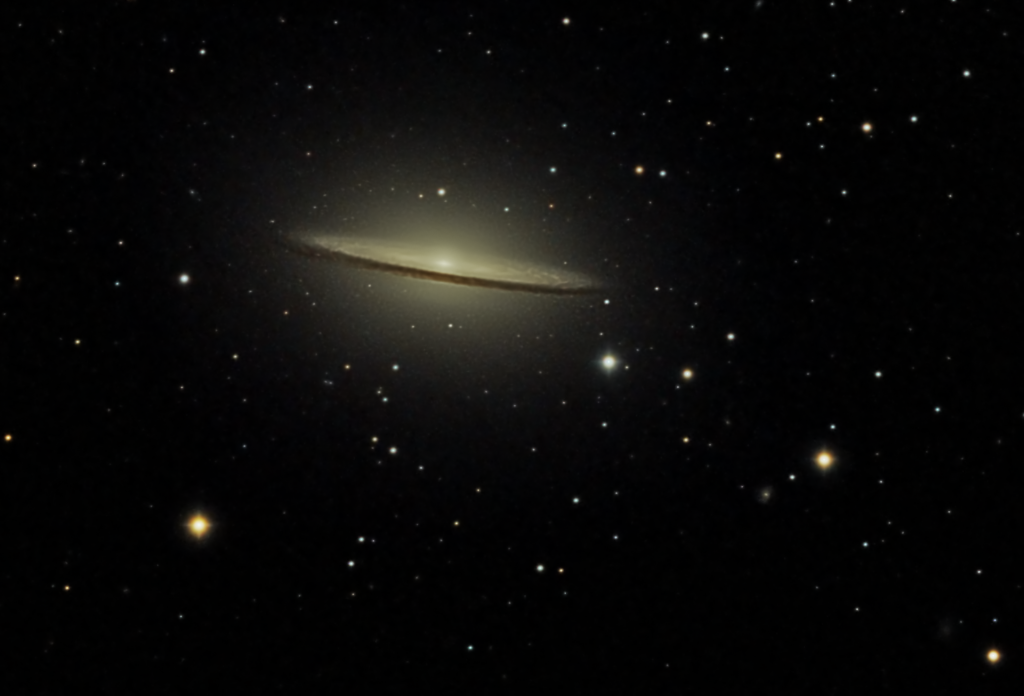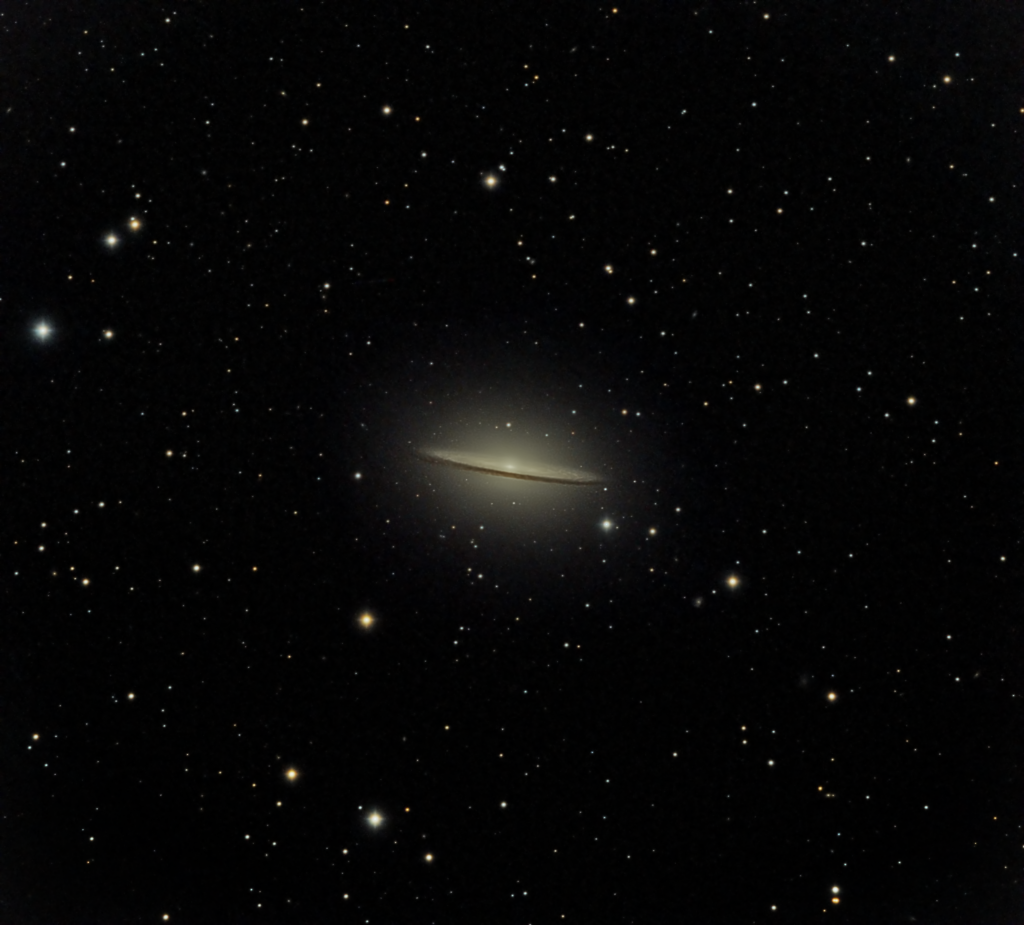
Similar Posts

The Medusa Nebula
This is planetary nebula PK205+14.1, but its common name “The Medusa Nebula” rolls off the tongue a little better. About 1500 light-years away within the constellation Gemini, you’re seeing the gas blown off by a small star that ran out of fuel, and blew up into a red giant – later to end its life…

The Antennae Galaxies
Within the constellation Corvus, two galaxies are close to merging together into one… leaving two tails behind from the original galaxies. About 45 million light-years away. Our own galaxy may suffer a similar fate, should it collide with the Andromeda Galaxy in the distant future.

Going big with the Soul Nebula
This is my first attempt at a mosaic… basically stitching together three views of an object that’s normally too large in the sky to fit within the field of view of my telescope. It came out alright! We’ve had a great run of clear nights the past few weeks in Florida, and I’ve invested just…

M74 – A galaxy far far away.
This galaxy is only known as M74. At 32 million light-years away, it’s about as far as you can get for a halfway decent image taken from Earth. It is a “grand design” face-on spiral galaxy. Look closely and you’ll see a few more galaxies in the background that are much more distant, and therefore…

The “Pac-Man” Nebula?
This gorgeous nebula, formally known as NGC281 in the constellation Cassiopeia, goes by the informal name of “The Pac-Man Nebula.” I don’t see a Pac-Man. I think it’s a case where if you look at it through a telescope with your eyes, you only see the brightest parts – and then, maybe it looks a…

The Moon
Last night was hazy, cloudy, and with an almost-full moon that would wash out anything else I could try to image. So, I imaged the Moon itself. Tried out some new techniques; usually you would use a specialized telescope with a specialized camera and specialized software for shooting the Moon, but I wanted to see…


